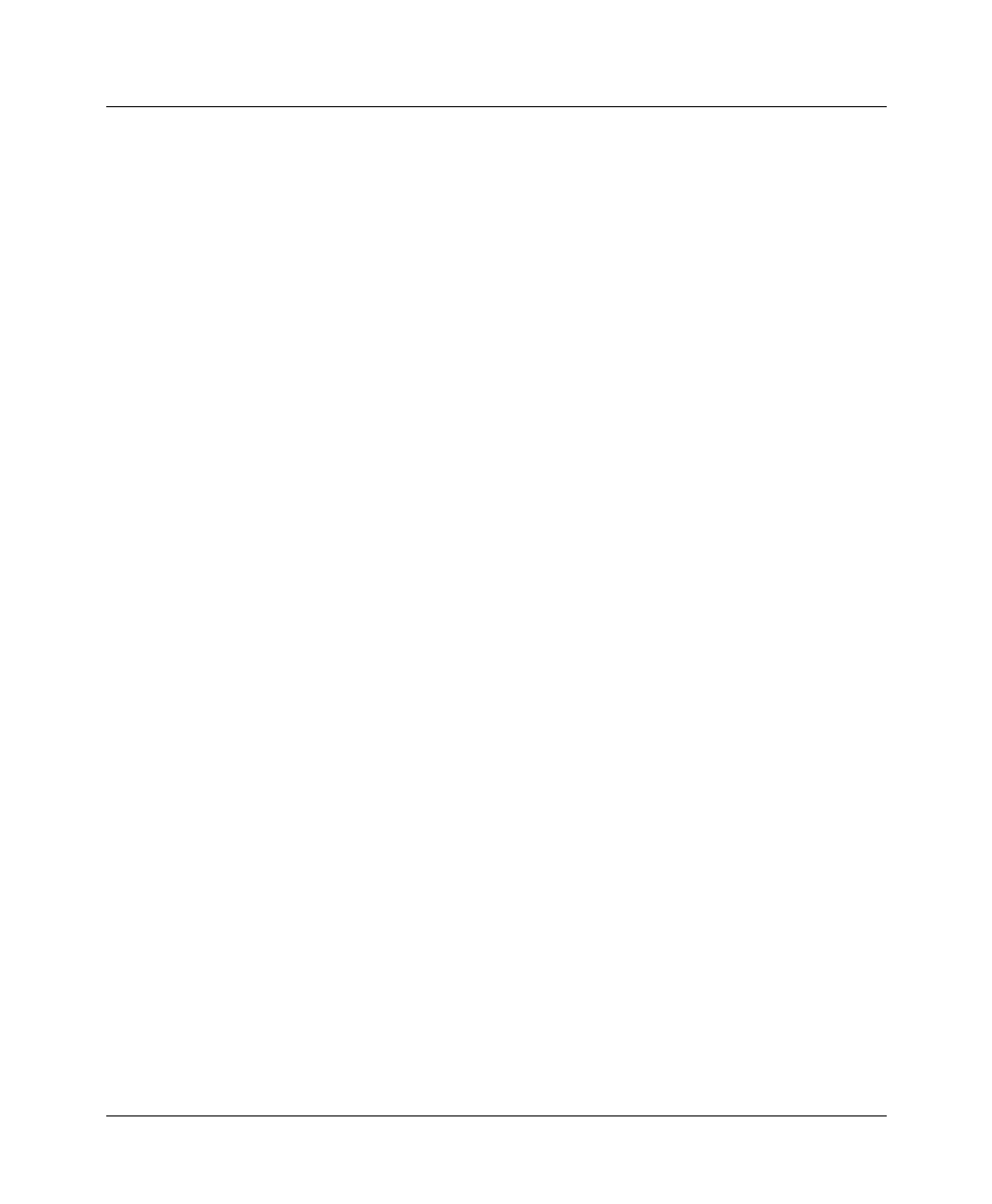User`s guide
Table Of Contents
- Ascend Customer Service
- How to use this guide
- What you should know
- Documentation conventions
- How to use the on-board software
- Manual set
- Configuring WAN Connections
- Configuring IP Routing
- Introduction to IP routing on the Pipeline
- Managing the routing table
- Parameters that affect the routing table
- Static and dynamic routes
- Configuring static routes
- Specifying default routes on a per-user basis
- Enabling the Pipeline to use dynamic routing
- Route preferences
- Viewing the routing table
- Fields in the routing table
- Removing down routes to a host
- Identifying Temporary routes in the routing table
- Configuring IP routing connections
- Ascend Tunnel Management Protocol (ATMP)
- IP Address Management
- Connecting to a local IP network
- BOOTP Relay
- DHCP services
- Dial-in user DNS server assignments
- Local DNS host address table
- Network Address Translation (NAT) for a LAN
- Configuring IPX Routing
- How the Pipeline performs IPX routing
- Adding the Pipeline to the local IPX network
- Working with the RIP and SAP tables
- Configuring IPX routing connections
- Configuring the Pipeline as a Bridge
- Defining Filters and Firewalls
- Setting Up Pipeline Security
- Pipeline System Administration
- Pipeline 75 Voice Features
- IDSL Implementations
- APP Server utility
- About the APP Server utility
- APP Server installation and setup
- Configuring the Pipeline to use the APP server
- Using App Server with Axent SecureNet
- Creating banner text for the password prompt
- Installing and using the UNIX APP Server
- Installing and using the APP Server utility for DO...
- Installing and using the APP Server utility for Wi...
- Installing APP Server on a Macintosh
- Troubleshooting
- Upgrading system software
- What you need to upgrade system software
- Displaying the software load name
- The upgrade procedure
- Untitled

Defining Filters and Firewalls
Introduction to filters
Pipeline User’s Guide Preliminary January 30, 1998 6-3
To define which packets will be allowed to cross the WAN interface, apply a data
filter to a Connection or Answer profile using the following steps:
1
Open Ethernet > Connection or Answers > profile
Note:
You can apply a filter in the Answer profile only if the Profile Reqd
parameter is set to No.
2
Open the Session Options submenu.
3
Apply a data filter.
For example:
Data Filter=4
If this parameter is set to zero, the default, no filter is applied. To apply a
filter, specify its profile number. You can view the profile number by opening
the Filters menu. You don’t have to specify the whole number, just the
unique portion of it, for example, 1, 2, 3,...
4
Close and save the profile.
A filter applied to a Connection profile takes effect only when the connection
goes from an offline state to a call-placed state.
To define which packets will be allowed to cross the Ethernet interface, apply a
data filter to a Connection profile using the following steps:
1
Open Ethernet > Mod Config > Ether Options.
2
Apply the data filter.
For example:
Data Filter=4
If this parameter is set to zero, the default, no filter is applied. To apply a
filter, specify its profile number. You can view the profile number by opening
the Filters menu. You don’t have to specify the whole number, just the
unique portion of it, for example, 1, 2, 3,...
3
Close and save the profile.
A filter applied to the Ethernet interface takes effect immediately. If you change
any of the conditions in the Filter profile definition, new or changed conditions
are applied as soon as you save the Filter profile.
For an example data filter, see “Example filters” on page 6-12.










